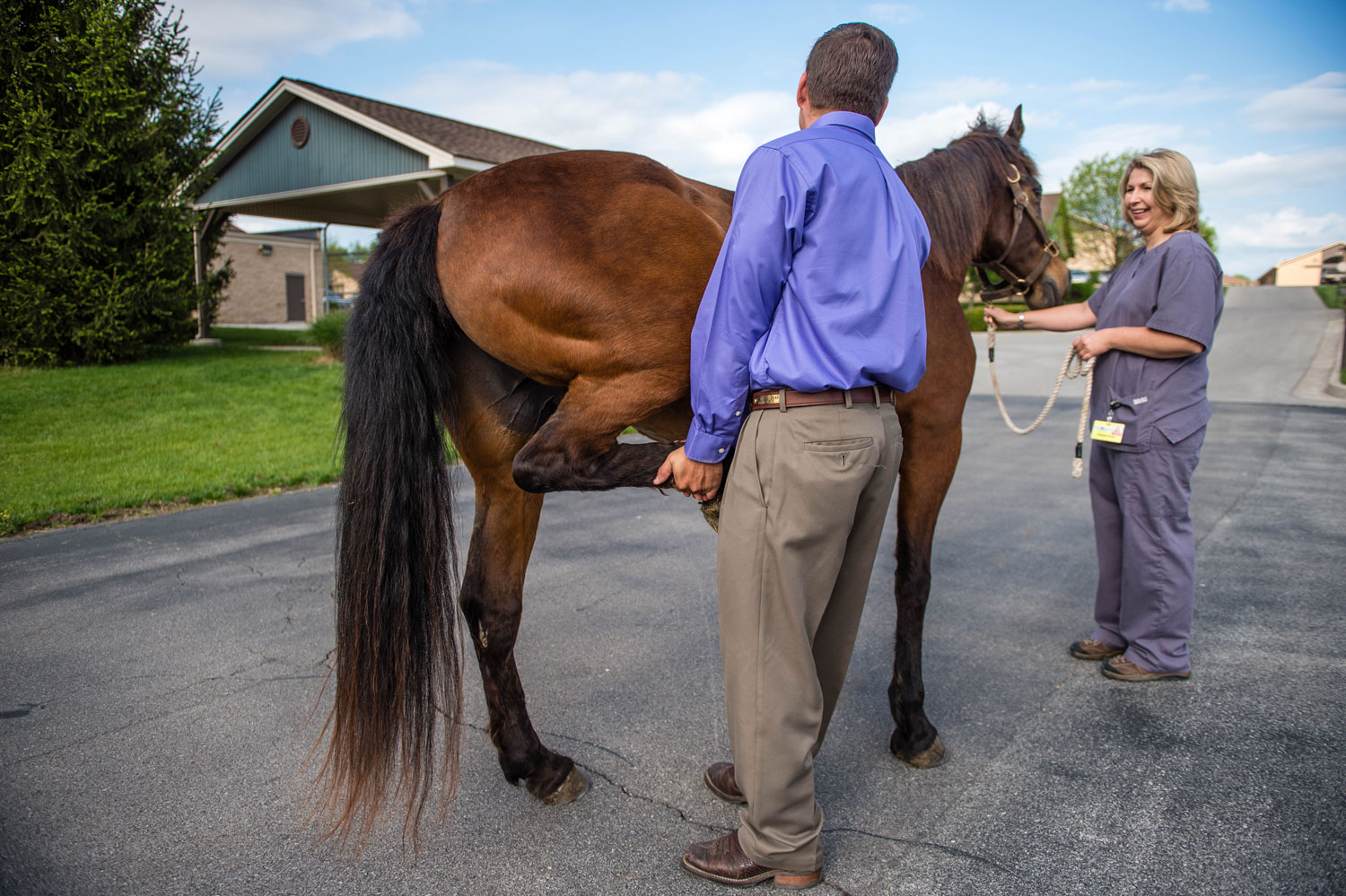
An important element of lameness exams relies on the use of diagnostic nerve blocks to localize the source of pain. However, confusion often develops when there is inadequate anesthetic efficacy and/or rapid resolution of anesthesia due to vasodilatory effects. A recent study looked at the use of epinephrine in conjunction with lidocaine to see if anesthesia with epinephrine could intensify and prolong the duration of effect in a palmar digital nerve block (PDNB) [Alvarez, A.V.; Schumacher, J.; DeGraves, F.J. Effect of the addition of epinephrine to a lidocaine solution on the efficacy and duration of palmar digital nerve blocks in horses with naturally occurring forefoot lameness. AJVR October 2018, vol. 79, no. 10].
Six Quarter Horses received each of three treatments with an appropriate three-day washout period between treatments:
- 2% lidocaine
- 1% lidocaine
- 1% lidocaine + epinephrine (0.01 ml of 1:1000 epinephrine solution added to 20 ml of 1% lidocaine prepared immediately before use to make a 1:200,000 dilution)
Usually skin desensitization is not a reliable indicator of effective anesthesia with lidocaine alone. In this study, adding epinephrine did create reliable information about sensitivity to pressure on the palmar coronary band. The level of desensitization also correlated well with amelioration of lameness. It is noteworthy that the potency of the three evaluated treatments did not differ during the first 30 minutes after PDNB injection.
At this dilution, added epinephrine did not cause any adverse reactions, i.e., no alteration of hair color or localized edema, and no cardiovascular effects.
The study concluded: “Administration of a PDNB with a combined solution of 1% lidocaine and epinephrine in the affected limb resulted in improved regional anesthesia of longer duration than administration of a PDNB with either a 1% or 2% lidocaine solution without epinephrine.”








